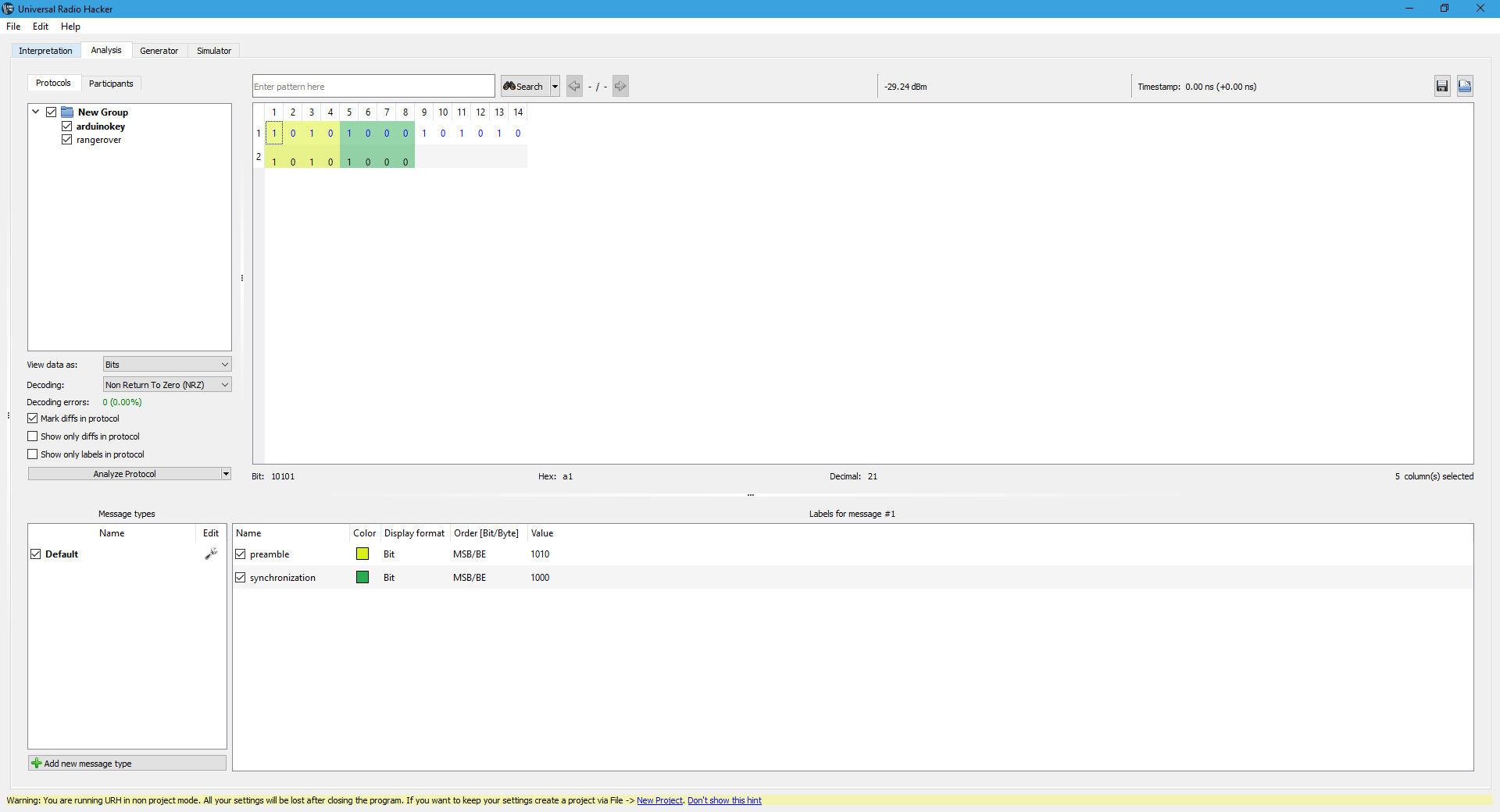secrets of arduino atmega328p adc

In this tutorials i'm gonna tell you all about the adc present in arduino famous boards like UNO,NANO,MINI....the atmega328p chips consist of the " 10-bit resolution adc " inside the uC. The type of adc is used in is Successive approximation ADC . these are kind are slow but gives good resolution though. let's dig in registers of adc in atmega328p. To read analog input we need The reg " ADMUX ". T he adc reg have a Pin called AREF (adc reference voltage). The gives 10-bit number i.e 0-1023, 0-0V & 1023-5V. it measures using this formula Vin = (Analog Ref * analogRead() ) / 1024 we need stable AREF voltage we can use internal 1.1V reference or we need to provide a stable voltage anywhere between 0.3V-5V externally. [NOTE: if ur are planning to provide external voltage to aref pin present on arduino uno,nano,mini, the recommended value is less than 5v to be safe on safe side cause the voltage of external 5v source may not be 5v exactly so if it i...



